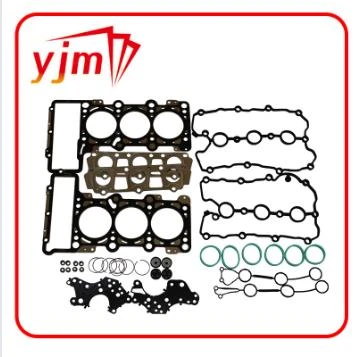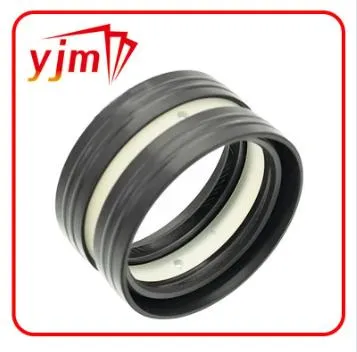Seal Ring 006 997 71 47


Furthermore, understanding the operational conditions is crucial in selecting the appropriate gasoline resistant O-ring. Temperature ranges, chemical exposure, and mechanical stresses must all be considered. For instance, while Viton offers excellent heat resistance, other elastomers like Aflas might be preferred in environments where alkaline resistance is also needed. An often overlooked aspect in choosing gasoline resistant O-rings is their role in sustainability. As industries progressively aim to minimize environmental impact, selecting the right O-ring materials contributes to this goal. By preventing leaks and ensuring efficient fuel usage, these rings help in reducing waste and emissions. The evolution of gasoline resistant O-rings illustrates the intersection of chemical engineering and material science, culminating in products that not only meet the rigorous demands of industrial applications but also align with broader environmental objectives. Manufacturers continue to innovate, introducing novel compounds that enhance the performance characteristics of O-rings. In conclusion, gasoline resistant O-rings represent a confluence of expertise in material science and practical application. Their development is a testament to the advancements in technology aimed at meeting modern industrial challenges head-on. As industries evolve, the demand for more efficient, robust, and environmentally-conscious components will only grow, further underscoring the critical role that gasoline resistant O-rings play in a multitude of applications. By focusing on quality, reliability, and sustainability, these seemingly small components provide solutions with profound operational impact.
-
Understanding Automotive Oil Seals: Essential Components for Engine and Shaft Protection
News Jul.30,2025
-
The Importance of Heavy Duty Seals in Industrial and Residential Applications
News Jul.30,2025
-
Exploring Industrial Oil Seals: From Felt Oil Seals to TTO and CFW Solutions
News Jul.30,2025
-
Essential Guide to Oil Seals: From Radial to Metal-Cased Seals for Industrial Reliability
News Jul.30,2025
-
Choosing the Right Oil Seals and Gaskets for Industrial and Automotive Applications
News Jul.30,2025
-
Cassette Seals: Durable Sealing Solutions for Harsh Environments
News Jul.30,2025
-
Understanding the Front Main Engine Seal: Purpose, Maintenance, and Installation
News Jul.29,2025
Products categories















